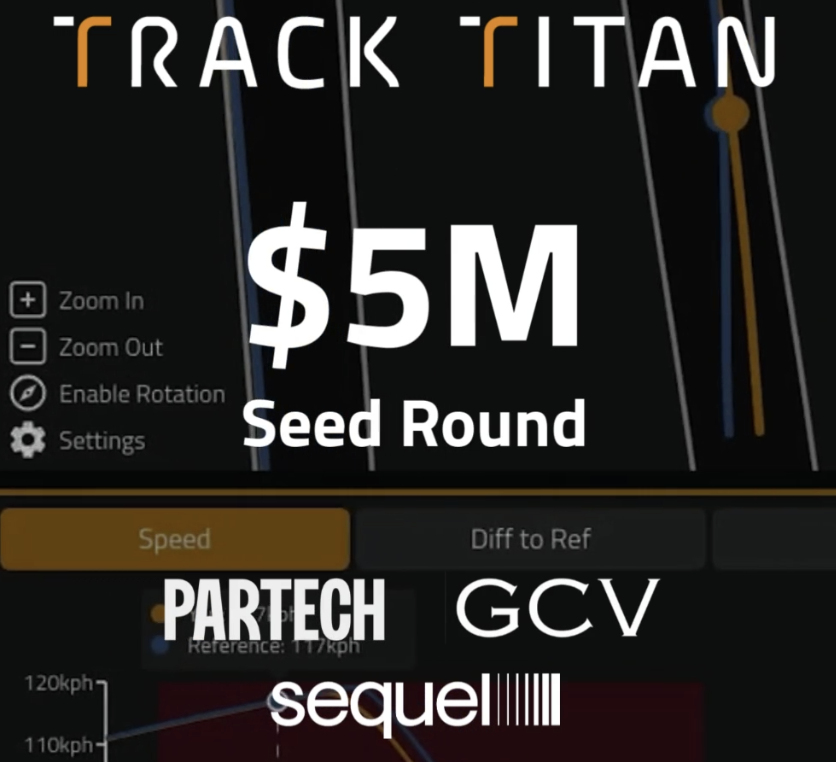Understanding and Setting Up Gear Ratios in Sim Racing
Sim racing has rapidly evolved from a simple gaming hobby into an immersive and competitive motorsport discipline. To excel in the virtual world of racing, it's essential to understand the nuances of vehicle setup, and one crucial aspect is gear ratios. Gear ratios significantly affect a car's performance in sim racing, and mastering them can be the key to achieving victory on the track. In this article, we will explore gear ratios in sim racing, their significance, and how to set them up for optimal performance.
The Basics of Gear Ratios
Gear ratios in sim racing refer to the relationship between the number of teeth on the gears in the gearbox. They determine how quickly a vehicle accelerates and how fast it can achieve its top speed. In a racing car, gear ratios are often adjustable, allowing drivers to fine-tune their vehicle's performance to suit different tracks and racing conditions.
Understanding Gear Ratios
Gear Ratio Selection
The selection of gear ratios should align with the specific requirements of a track or race. Shorter gear ratios, achieved by using smaller gears, provide better acceleration but limit top speed. Conversely, longer gear ratios, achieved with larger gears, favour top speed at the expense of acceleration. The choice depends on the nature of the track; short and twisty circuits may benefit from shorter gears, while longer straights necessitate longer gears.
Throttle Response
Gear ratios also affect throttle response. Shorter gears allow the engine to rev up quickly, providing immediate power when the throttle is applied. This can be advantageous for tight corners or quick acceleration out of hairpin turns. In contrast, longer gears may require more time to reach peak power, making them suitable for high-speed sections where maintaining momentum is essential.
Setting Up Gear Ratios
Experimentation
The process of setting up gear ratios in sim racing often involves experimentation. Most racing simulators offer a garage or setup menu where drivers can adjust gear ratios. It's advisable to start with a baseline setup provided by the game or seek guidance from online communities dedicated to sim racing setups. From there, fine-tune the gear ratios during practice sessions to find the ideal balance between acceleration and top speed for each track.
Analyse Telemetry Data
Many sim racing games provide telemetry data that allows drivers to monitor various aspects of their car's performance, including engine RPM, speed, and gear changes. Analysing this data can help identify areas where gear ratios may need adjustment. If the engine reaches its peak power too quickly or takes too long to reach it, it may be a sign that the gear ratios need fine-tuning. You can analyse your telemetry for FREE in the Track Titan platform.
Consider Real-World Knowledge
Real-world motorsport knowledge can be invaluable when setting up gear ratios in sim racing. Understanding how professional racing teams adjust their gear ratios for different tracks and conditions can provide insights that can be applied to virtual racing.
Balance is Key
Finding the perfect gear ratios often involves striking a balance between acceleration and top speed. It's rare to have a setup that excels in both aspects, so consider the specific demands of each track and adapt accordingly. Over time, you'll develop a better sense of how to set up gear ratios for various racing scenarios.
Gear ratios are a fundamental aspect of sim racing that can significantly impact a race car's performance. Understanding their role and how to set them up effectively is essential for success in the competitive world of sim racing. Through experimentation, data analysis, and a good grasp of racing principles, sim racers can fine-tune their gear ratios to gain a competitive edge and improve their lap times on tracks. Mastering gear ratios is not only a technical skill but also an art that adds depth and realism to the immersive world of sim racing.




.png)





















